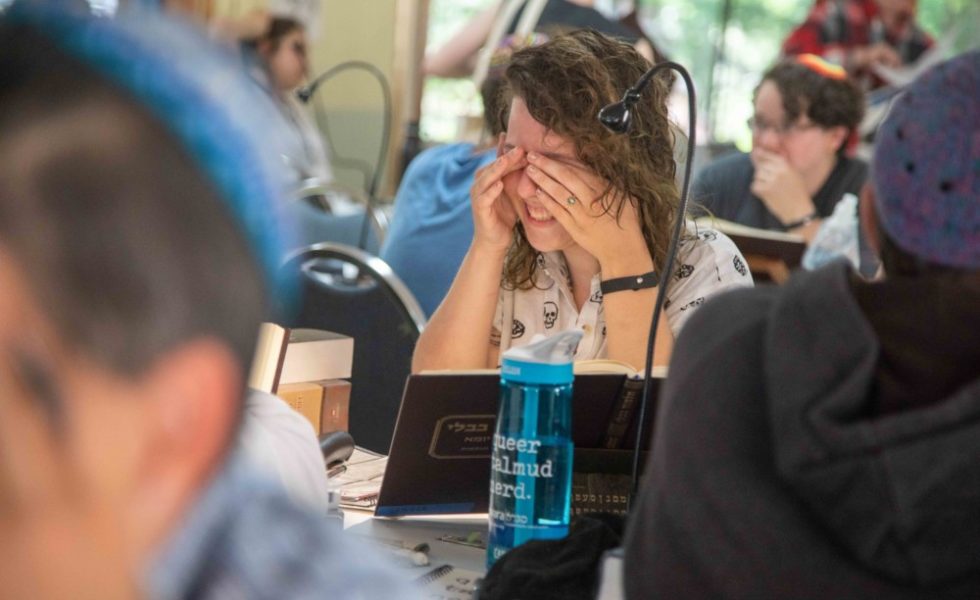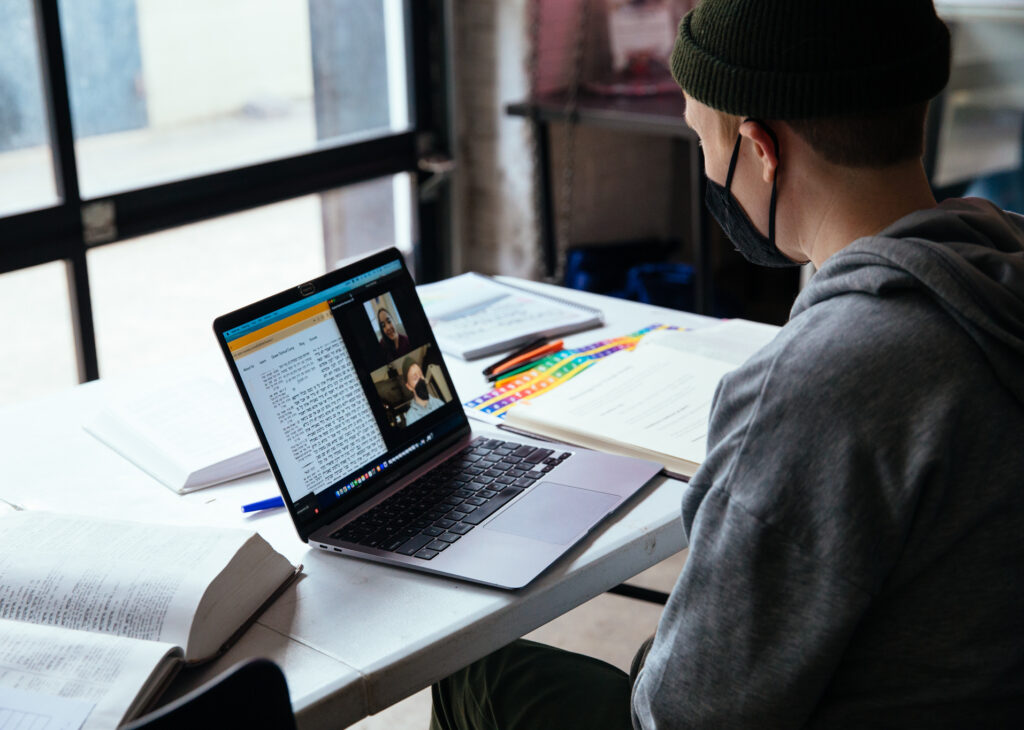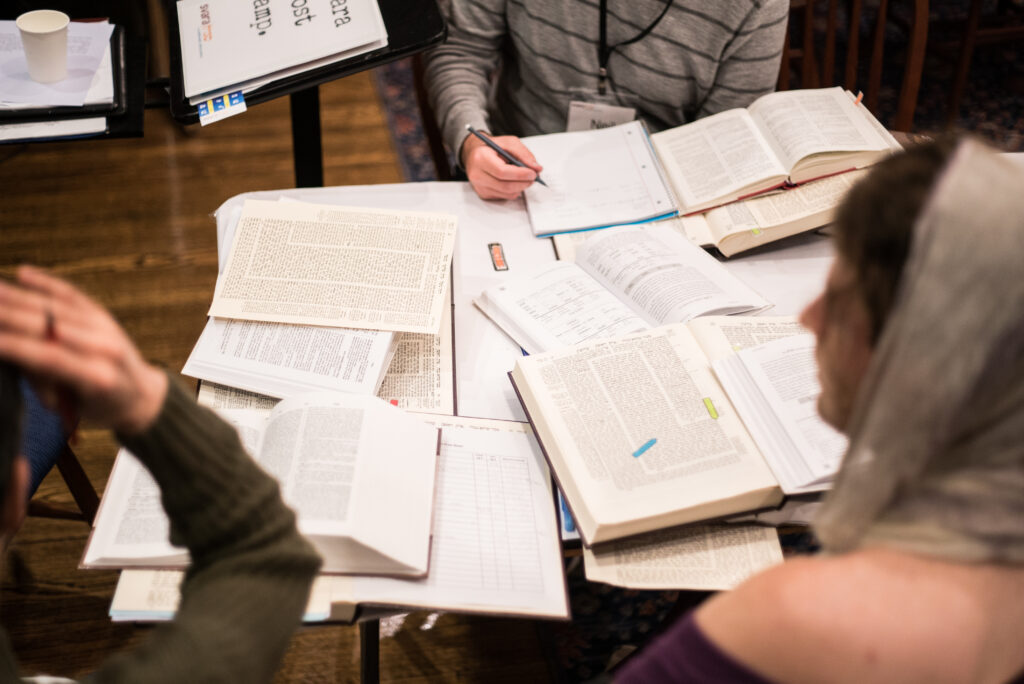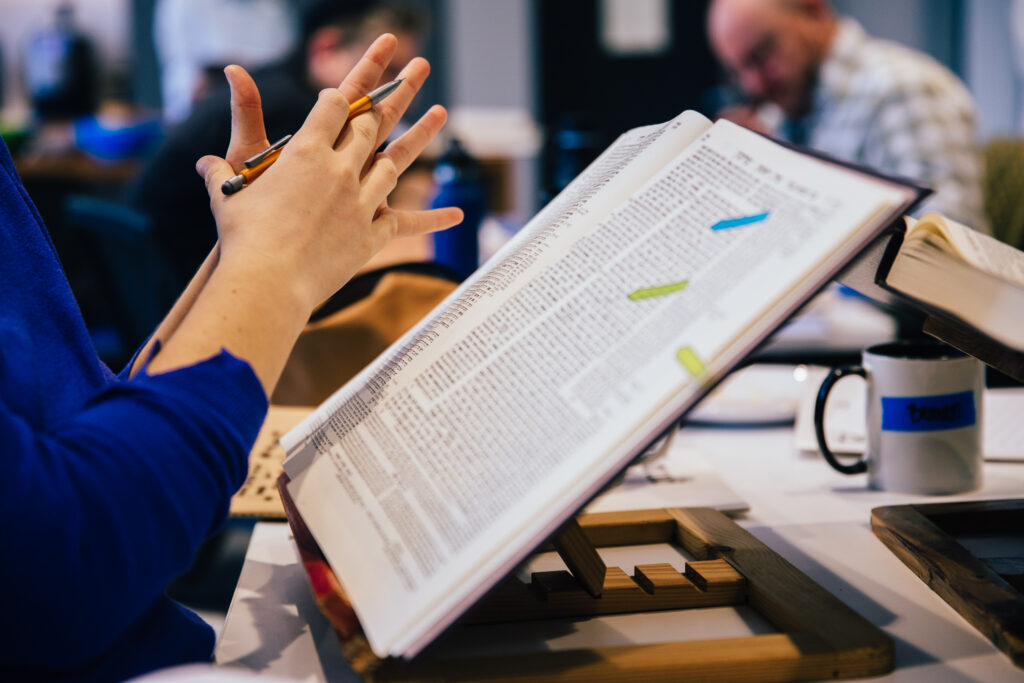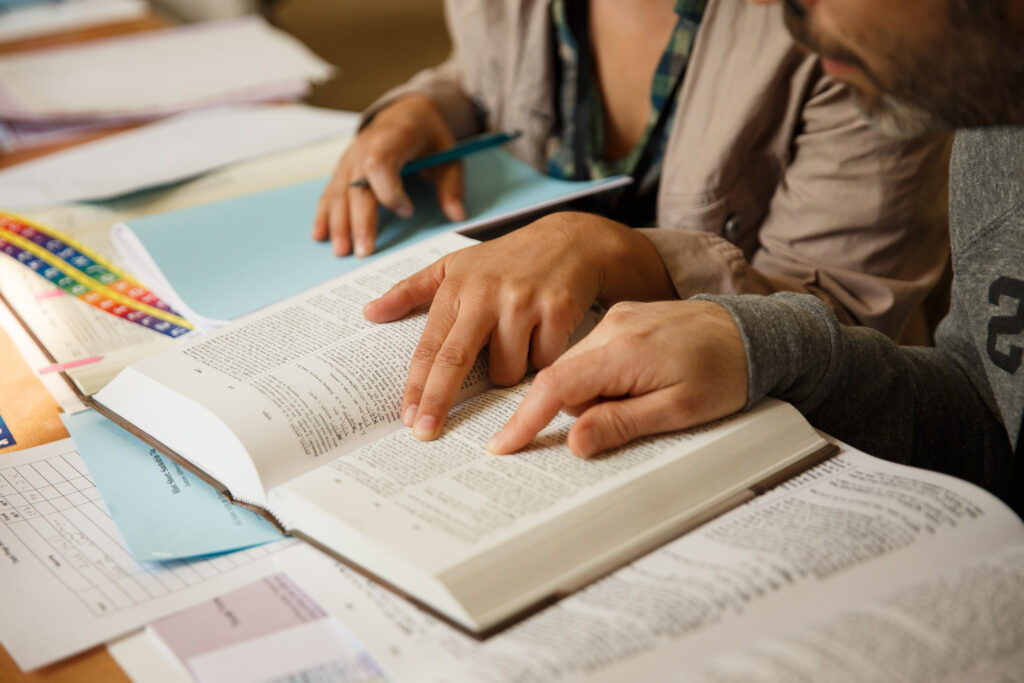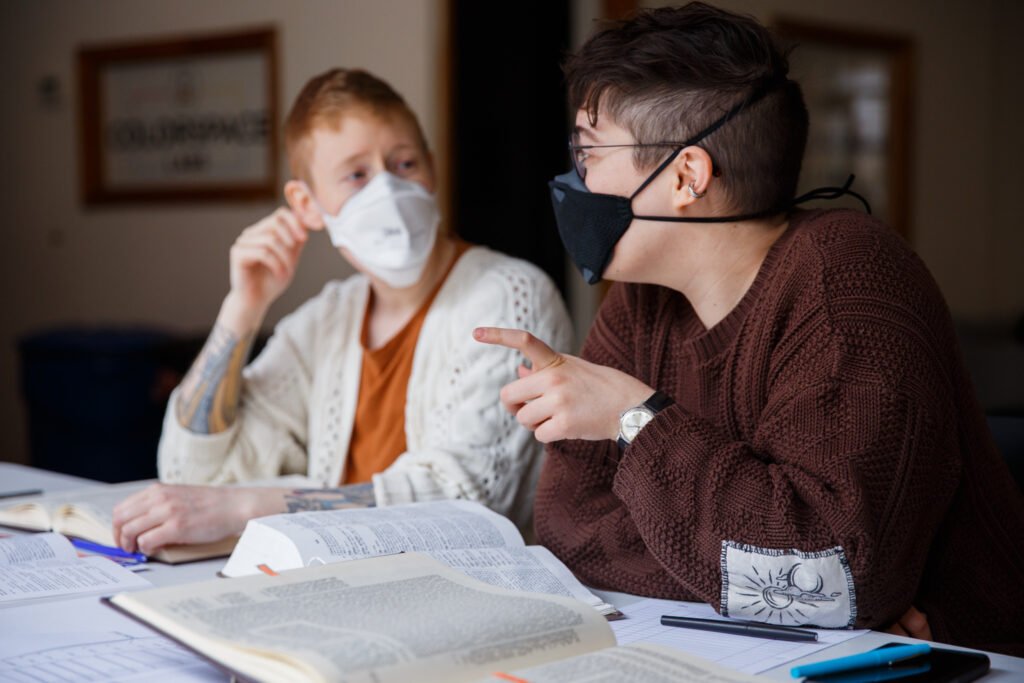This week, in the wake of a white supremacist insurrection, incited from the highest powers of government and abetted by all levels of law enforcement, we have found ourselves returning over and over again to Jewish prayer.
One of the iterative messages that appears throughout Jewish liturgy can be summarized as אין לנו מלך אלא אתה, “There is no ruler or rule of law beyond You.” According to the Rabbis, every expression of human power is secondary, if not subservient, to the spiritual sovereignty that is at the heart of Jewish theology and prayer.
In the fourth chapter of Mishnah Brachot we learn what to do if a person is in transit at the time when one would classically recite the Amidah, explaining:
If a person is riding on a donkey, they should get down and pray. If they are unable to get down they should turn and face towards Jerusalem, and if they cannot turn their face, they should direct their heart (יְכַוֵּן אֶת לִבּוֹ) to the Holy of Holies.
הָיָה רוֹכֵב עַל הַחֲמוֹר, יֵרֵד. וְאִם אֵינוֹ יָכוֹל לֵירֵד, יַחֲזִיר אֶת פָּנָיו, וְאִם אֵינוֹ יָכוֹל לְהַחֲזִיר אֶת פָּנָיו, יְכַוֵּן אֶת לִבּוֹ כְּנֶגֶד בֵּית קֹדֶשׁ הַקָּדָשִׁים
From this we learn that the essential posture of Jewish prayer is the ability to direct one’s heart.
Which is why it has always bothered us that the most iconic aesthetic of Jewish prayer is the image of cismen gathered close in a room as they speed through hundreds of words written thousands of years ago. At our lefty shul in West Philly, we often refer to this as “mumblefest davenen.” There is a both longing and contempt in our shorthand description, a kind of frustrated alienation that results from the feeling of quickly saying words without real attention or intention. (Now nine months into this pandemic, oh how we long to gather close and mumble words of prayer together.)
In the 13th century, Jacob Ben Asher, author of the halakhic code the Tur, wrote:
“One who prays the Amidah needs to direct one’s heart, as it says: “תָּכִין לִבָּם, direct their hearts” (Psalm 10:17). The explanation is: they must understand the meaning of the words that come out of one’s lips.”
In the early months of the pandemic and uprising, as we settled into the long-haul of uncertainty, loss, chaos, and resistance, we felt a responsibility to offer our community as many tools for resilience and modes for going inward as we could muster. We wanted folks to feel bolstered by the spiritual toolkit of our tradition, to drink deeply from the ancient well of Jewish practice as a place of refuge and support. We wondered: In a time when we need so much spiritual fortification, but have less access to one another, how can we help cultivate personal spiritual practice?
We found the modality we had been looking for in SVARA’s daily drop-in Mishnah Collective, and decided to experimentally apply it at Kol Tzedek to words of prayer.
In November we started P’tach Libi: A Deep Dive into the Weekday Amidah. The Amidah is the personal silent prayer at the heart of every Jewish service. Its themes are epic: ancestry, holiness, forgiveness, abundance, justice, exile, judgement, heresy, and healing, to name just a few. Encountering it, whether one prays daily, weekly, or once a year, can be overwhelming. And yet, our rabbis call it haTefilah, THE prayer, the template for a Jewish conversation with G!d.
Following in the model of the Mishna Collective, our class met every day, learning the text one word at a time, burrowing into each root and dictionary definition. We created an inside and outside translation for each line of the Amidah. Learning one word at a time allowed us to crack open each of these big concepts—refuah, geulah, teshuvah, galut—and find translations that spoke to our own experiences and sensibilities, without straying from the core meaning of the text itself.
Synagogue services can make us feel like we are passive observers of prayer. The liturgy whizzes by, washing over us. As Heschel writes: “Familiar with all words, we are intimate with none.” Learning the Amidah in the SVARA method allowed us to become active participants, interpreters, wrestlers, and even creators of prayer, becoming intimate with each word and its possible meanings.
Through this practice, we realized that this process of translation and liturgical exegesis is a necessary practice to be able to direct our hearts, as the rabbis taught us to do. Translation, for the Tur, is not about literal comprehension. It is an orientation of the heart, a way we position ourselves, focused and directed toward what matters. By getting to the meaning of the words, we can get beyond the words, to the depth and possibility of what the words offer us. When we stretch out the language, we can find ourselves there: our fears and depressions, our longings, our aspirations for justice, the work of our hands and our days.
Educators and learners at SVARA often wonder whether our method (studying in the original, looking up every root, inside and outside translations, chevruta, chazarah, recitation, and shiur) can be effectively applied to other genres of Jewish literature.
Through this class, we have come to see so clearly that the siddur is the queerspawn of the Talmud. In fact, every community throughout the diaspora—Iraqi, Morrocan, Polish, Spanish, French, etc—is praying some version of what we might call the Babylonian siddur, with words taken directly from the Babylonian Talmud. Much like the Talmud, the siddur is also a work of art and a blueprint for developing compassion and connection in a fractured world. You can translate it word for word, but making the material one’s own requires an interpretive understanding. The practice of cultivating this understanding is essential to be able to direct our hearts.
But not for its own sake. For ours.
As activist poet and radical liturgist Aurora Levins-Morales writes,
“The only way to bear the overwhelming pain of oppression is by telling, in all its detail, in the presence of witnesses and in a context of resistance, how unbearable it is… It is part of our task as revolutionary people, people who want deep-rooted, radical change, to be as whole as it is possible for us to be.”
Prayer, like Talmud Torah, is a practice of bearing witness to our own suffering and bringing our own experiences into conversation with ancient voices. It is one of our essential, inherited spiritual practices, one that supports us to be as whole as possible.
Each word is there as a portal. Each day we enter the portal anew and find something different. What we find is ourselves—changed, changing, in process. As translators and learners, as people who pray, we are ha’mechadesh b’tuvo b’chol yom tamid, made in the image of the One who, in goodness, renews every day. We too renew the world each day, our hearts directed by the ever-changing language of prayer, and the ever-changing world we inhabit.

